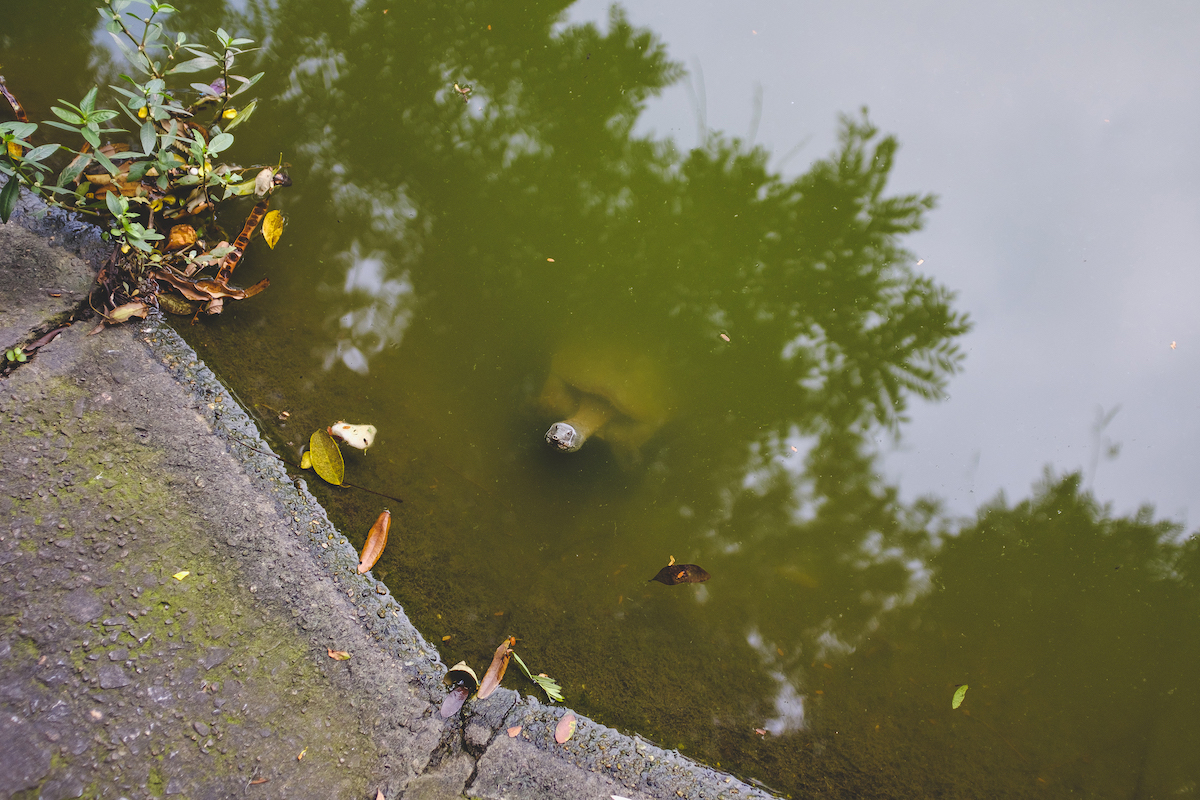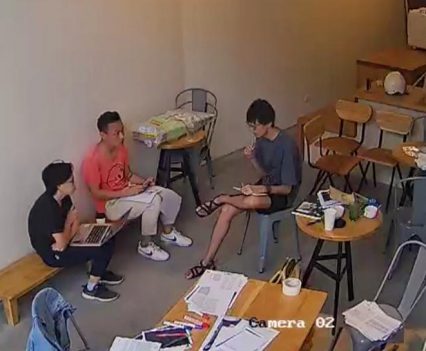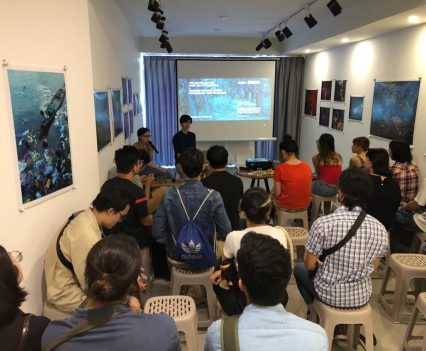Earlier this year, visual artist See Kian Wee spent a month in Hanoi, Vietnam as part of Objectifs’ reciprocal arts residency programme with independent photography space Matca.
Objectifs spoke with Kian Wee about his experience venturing outside his comfort zone, the highlights of his time in Hanoi, and the growing visual art scene in the city.
What led you to apply for the reciprocal Objectifs Arts Residency with Matca?
I wanted to take a leap out of my comfort zone, as my previous projects were all done within Singapore.
I also remembered reading some articles online many years ago about a legendary cryptozoological turtle living in Hanoi’s Hoan Kiem Lake. After a quick Google search, I found out that the creature’s existence was proven in recent years, but it sadly passed away in 2016. I wanted to take this opportunity to find out more about the turtle and its significance for the people of Hanoi.
What did you work on and how did you go about it in Hanoi?
During my four week stay, I did field research on the sacred Hoan Kiem turtle. I examined the now passed-on turtle’s relevance to Hanoi’s past and present communities, and how stories about it have shaped locals’ realities.
I interviewed locals, researchers and artists who were involved with the turtle, visited the lake and temple and house the now-preserved Hoan Kiem turtle, and collected material to work with through photographic and video documentation.
With this research and collected material, I’m currently working on a video piece and experimenting with a performative work to express how I felt towards the turtle, its legends and the people I’ve met.
What were the highlights of your month long residency in Hanoi?
During the last few days of my stay in Hanoi, I finally got to meet and interview the famed “Turtle Professor” Hà Đình Đức. He was deeply involved in the research, conservation and controversies surrounding the turtle. It was really strange to me how he was constantly shifting the conversation between science and folk beliefs, considering his background as a biologist. I felt he exemplified Hanoians’ deep rooted sense of superstition.
How has this residency impacted you and your art practice?
This residency has built my confidence in working on an art project in a foreign land, especially when I have to deal with communication barriers in a research driven project. Due to this, and time constraints, there will definitely be gaps in my research. It’s something I have to keep in mind as I approach this topic in my art-making.
What are some of your takeaways about art-making in Hanoi?
There is a strong desire to create communal art spaces in Hanoi due to the relatively young and still growing arts scene in the city unlike in other parts of Vietnam (e.g. Saigon). With the support and rise of spaces like Matca and Hanoi Doclab, which I also had the chance to visit, more young photographers / artists are picking up photography and film as means of expression.
I also noticed a large ratio of young attendees in events organised by various arts spaces compared to Singapore. This might be due to the nature of the shows often featuring young and upcoming photographers / artists, as well as social media being the mode through which such events are primarily promoted. Nonetheless, I see this as a positive sign for the growing arts community in Hanoi.
Were there any interesting observations from being a resident at a new arts space like Matca, versus your involvement with independent art spaces in Singapore that have been around longer, like The Substation (where you have also done a residency), and Objectifs?
Due to a lack of government funding, many of the spaces I visited in Hanoi would sustain themselves through various means such as operating partially as a cafe (Hanoi has a very strong coffee culture), running an arts and crafts shop, through sponsorships and collaborations with various other sources like non-profit cultural institutions, and even funding from the organisers’ own pockets.
Their passion was really heartening to see. It made me think about the sustainability of an arts space in the context of Singapore. With new spaces coming and going locally in recent years, what direction should spaces both old and new do to engage with the world around them? I do not have an answer but feel it’s a question those of us within the arts community should ponder.
Was there anything that you wish could have been accomplished during the residency that you didn’t manage to?
I was hoping to interview more locals on the streets about their thoughts on the turtle but due to the language barrier, I wasn’t able to do as much as I had planned. Thankfully, new friends I made at Matca assisted me as translators whenever they could. This helped me tremendously as it is expensive to hire translators and it would’ve been a nightmare to coordinate interviews with people in such a short period.
Join us for a residency sharing session by Kian Wee on Tues 30 Jul, 7.30pm to 9pm in Objectifs’ Lower Gallery. Kian Wee’s presentation will cover his art practice, his residency project “Finding Cụ Rùa”, about the legendary turtle of Hoan Kiem Lake and its significance to the people of Hanoi, and his learning points from his overseas stint earlier this year. The presentation will be followed by a Q&A session with the artist.
OPEN CALL: Filmmakers and artists from Singapore with a nonfiction project are invited to apply for the Objectifs Artist Residency 2019 with international partner Documentary Dream Center in Yamagata, Japan. This opportunity is open to artists from Singapore (citizens or Permanent Residents) and Japan (citizens or residents). Apply here by 31 Aug 2019.



